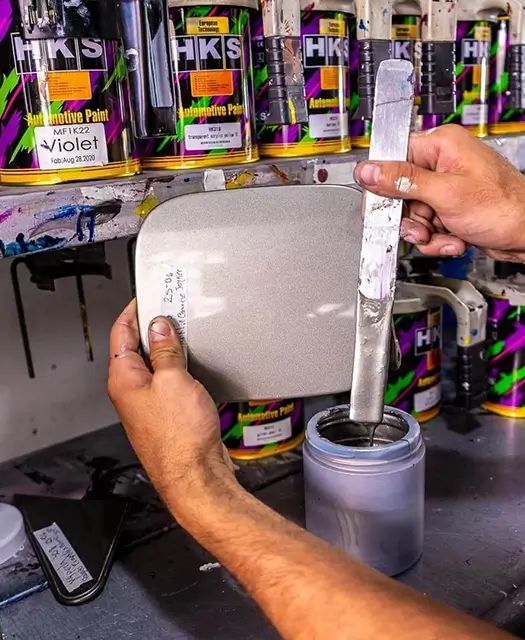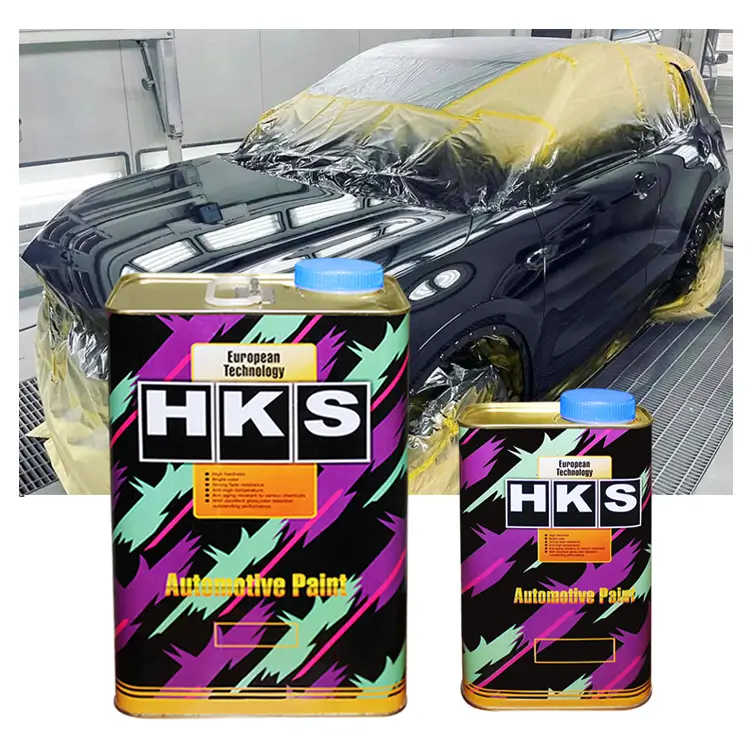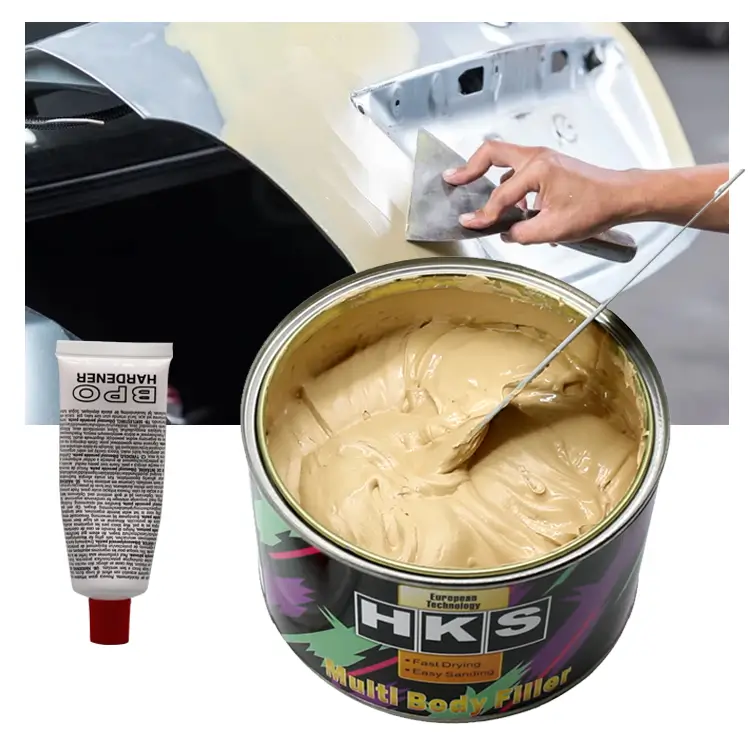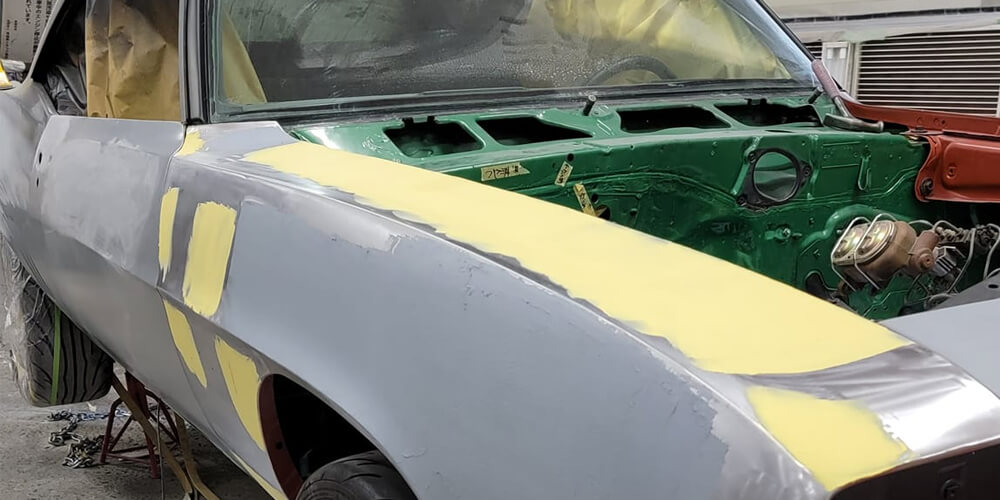Lightweight Filler
Car repairs can be costly and time-consuming. This is especially true when it comes to repairing car body damage. However, car repair lightweight filler offers a cost-effective and efficient solution to repairing car body damage. In this article, we will explore how car repair lightweight filler works and its benefits.
What is Car Repair Lightweight Filler?
Car repair lightweight filler is a material that is used to repair car body damage. The filler is added to damaged areas of the car body to restore its shape and strength. It is commonly used in the repair of dents, scratches, and other minor damage.
How Does Car Repair Lightweight Filler Work?
Car repair lightweight filler is made of a mixture of materials, including resins and fillers. When applied to the damaged area, it hardens and bonds with the car body to create a strong and durable repair. The filler is lightweight, which means it does not add significant weight to the car body and maintains its mechanical properties.
Benefits of Car Repair Lightweight Filler
1.Cost-Effective: Car repair lightweight filler is a cost-effective solution to repairing car body damage. It is less expensive than replacing damaged body parts, and the repair process is quicker, reducing labor costs.
2.Efficient: Car repair lightweight filler is a quick and efficient solution to repairing car body damage. The repair process can be completed in a matter of hours, allowing car owners to get back on the road quickly.
3.Lightweight: Car repair lightweight filler is lightweight, which means it does not add significant weight to the car body. This ensures that the mechanical properties of the car body are maintained, ensuring the safety and performance of the vehicle.
4.Versatile: Car repair lightweight filler can be used to repair a variety of car body damage, including dents, scratches, and minor damage. It can be used on a variety of car body materials, including plastics, composites, and metals.
Types of Car Repair Lightweight Filler
1.Polyester Filler: Polyester filler is a common type of car repair lightweight filler. It is made of a mixture of polyester resin and fillers, such as talc or calcium carbonate. Polyester filler is easy to apply and dries quickly, making it a popular choice for car repairs.
2.Epoxy Filler: Epoxy filler is a more durable type of car repair lightweight filler. It is made of a mixture of epoxy resin and fillers, such as talc or calcium carbonate. Epoxy filler is more difficult to apply and dries slower than polyester filler, but it offers a stronger and more durable repair.
3.Polyurethane Filler: Polyurethane filler is a flexible type of car repair lightweight filler. It is made of a mixture of polyurethane resin and fillers, such as talc or calcium carbonate. Polyurethane filler is flexible and can withstand movement and vibrations, making it a popular choice for repairing car body damage in areas that are subject to movement.
In conclusion, car repair lightweight filler is a cost-effective and efficient solution to repairing car body damage. It is lightweight, versatile, and comes in a variety of types to suit different repair needs. Working with experienced car repair professionals can help ensure that the right filler is chosen for each repair job, resulting in a strong and durable repair that maintains the mechanical properties of the car body.
How to Use Car Repair Lightweight Filler
Using car repair lightweight filler requires a bit of skill and knowledge. Here are the basic steps to follow:
1.Clean and Prepare the Surface: Before applying the filler, the surface of the car body should be cleaned and prepared. This includes removing any paint, rust, or other contaminants that may interfere with the bonding of the filler. Use sandpaper, a wire brush, or a chemical rust remover to clean the surface.
2.Mix the Filler: Follow the manufacturer's instructions for mixing the filler. This usually involves combining the filler material with a hardener or catalyst. Mix thoroughly to ensure a consistent mixture.
3.Apply the Filler: Apply the filler to the damaged area using a plastic spreader or similar tool. Spread the filler evenly, making sure to cover the entire damaged area. Use enough filler to fill in any gaps or holes in the car body.
4.Shape and Sand the Filler: Once the filler has hardened, it can be shaped and sanded to match the contour of the car body. Use sandpaper or a sanding block to shape the filler, starting with coarse sandpaper and gradually moving to finer grits. The goal is to create a smooth surface that matches the surrounding car body.
5.Prime and Paint: Once the filler has been shaped and sanded, it should be primed and painted to protect it from further damage and restore the car's appearance. Follow the manufacturer's instructions for priming and painting the car body.
Tips for Using Car Repair Lightweight Filler
1.Choose the Right Filler: Different types of car repair lightweight fillers are suited to different types of damage and materials. Choose the right filler for the job to ensure a strong and durable repair.
2.Follow the Manufacturer's Instructions: Follow the manufacturer's instructions for mixing and applying the filler. This will ensure that the filler bonds properly with the car body and provides a strong repair.
3.Take Your Time: Applying and shaping the filler requires patience and attention to detail. Take your time to ensure a smooth and even repair.
4.Practice: If you are new to using car repair lightweight filler, practice on a small area before attempting a larger repair.
Conclusion
Car repair lightweight filler is a cost-effective and efficient solution to repairing car body damage. It is lightweight, versatile, and comes in a variety of types to suit different repair needs. While using the filler requires some skill and knowledge, following the manufacturer's instructions and taking your time can result in a strong and durable repair that restores the appearance and performance of your car.
Source of this article:https://www.supersybon.com
Get to know us through more channels:Facebook, Tiktok, Instagram, youtube.





